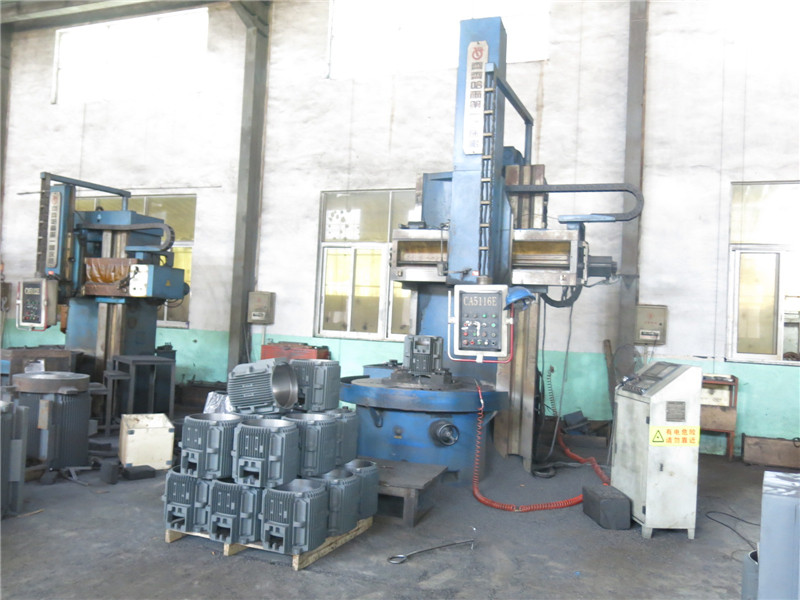Phone Number
+86-311-83601906
Phone Number
+86-311-83601906
Office Add: No.0702-2-1-C2 Hongshiwan, No.8 Dongsanzhuang Street,Xinhua District,Shijiazhuang, China.
Tel: +86-311-83601906
Whatsapp/Wechat: +8615833966866
hbmetals@hotmail.com
1. Quenching and tempering of ductile iron
In order to improve the mechanical properties of ductile iron, generally castings are heated to 30-50 ° C above Afc1 (Afc1 represents the final temperature of A formation during heating), and quenched into oil after heat preservation to obtain a martensite structure. In order to properly reduce the residual stress after quenching, generally, tempering should be carried out after quenching. The low-temperature tempering structure is tempered martensite with residual bainite and spherical graphite. This kind of structure has good wear resistance and is used for parts requiring high wear resistance and high strength. The medium temperature tempering temperature is 350-500 ℃. After tempering, the structure is tempered troostite plus spherical graphite. It is suitable for thick parts that require good wear resistance, certain stability and elasticity. The high-temperature tempering temperature is 500-60D ℃. After tempering, the structure is tempered Soxhlet as spherical graphite, which has good comprehensive properties of toughness and strength, so it is widely used in production.
2. Isothermal quenching of ductile iron
Ductile iron can obtain high strength after isothermal quenching, and at the same time has good plasticity and toughness. The selection of the heating temperature of multi-temperature quenching mainly considers that the original structure is completely A, without remaining F, and at the same time, avoiding the growth of A grains. The heating temperature is generally 30-50 ° C above Afc1, and the isothermal treatment temperature is 0-350 ° C to ensure a lower bainite structure with comprehensive mechanical properties. After isothermal quenching of rare earth magnesium aluminum ductile iron, σb = 1200 ~ 1400MPa, αk = 3 ~ 3.6J / cm2, HRC = 47 ~ 51. However, it should be noted that a tempering process is added after isothermal quenching.
3. Surface quenching
In order to improve the surface hardness, wear resistance and fatigue strength of some castings, surface quenching can be used. Both gray cast iron and ductile iron castings can be surface hardened. Generally, high (medium) frequency induction heating surface quenching and electrical contact surface quenching are used.

Previous: Heat treatment of cast iron